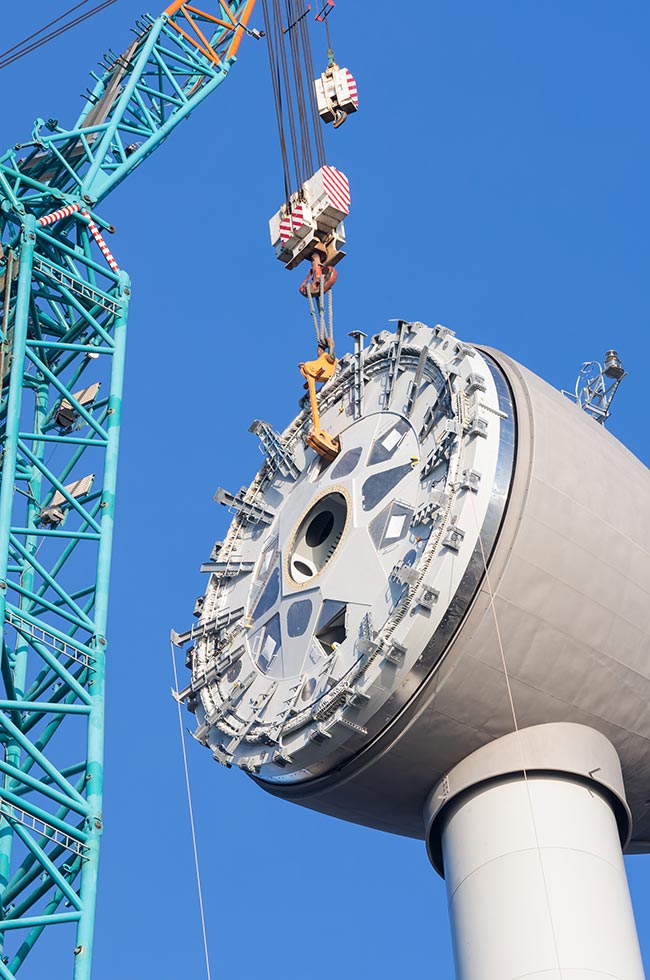
Wind is the movement of air from high-pressure areas to low-pressure areas. As the sun unevenly heats the surface of the Earth, hot air rises, and cold air sinks to fill in the space. This results in the difference in atmospheric pressure that generates wind. Accordingly, as long as the sun shines, the wind blows.
Wind has been a source of power for mankind before electricity became widely available. In ancient times, mariners raised sails to harness the wind, and farmers used windmills to grind grain and pump water. Today, more and more towering wind turbines are erected on land and at sea, spinning with the wind to generate electricity.
A wind turbine is comprised of the hub, wind vane, blades, nacelle, tower, and foundation. A wind turbine tower can be 60 stories high, and the diameter of a swept area can reach 160 meters long.
Wind turbines work on a simple principle. The wind spins three blades which in turn drive the generator to convert the kinetic energy of the wind into electrical energy; the wind vane directs the turbine to always face the windward side to capture the maximum wind power. Both onshore and offshore wind farms consist of many independent wind turbines which generate power that is first transmitted to the grid and eventually distributed to end-users.
Stories
High
meter Diameter
Swept Area
Percent
Renewable Energy
Countries
Using Wind Energy
Wind is often described as variable, unpredictable, and hard to control. However, wind power is a type of 100% clean, renewable energy that is eco-friendly and produces no air and water pollution. Although wind power is an intermittent resource, with accurate weather forecasts, we can prepare the power grid and generation capacity for upcoming, predictable changes.
Thanks to mass production and improvement of technology which drive down costs of materials and construction, the generation capacity of wind power has been surging. Furthermore, as the wind is free, operation costs of wind turbines are close to zero. As many governments provide tax incentives to encourage the development of wind power, over the past decade, the number of wind turbines worldwide has increased by more than 25%. Globally, over 80 nations have integrated wind power into their electrical grids.
【Sources】
National Geographic: https://www.nationalgeographic.com/
Office of Energy Efficiency & Renewable Energy, U.S. Department of Energy: https://www.energy.gov/eere/office-energy-efficiency-renewable-energy

